From the steamy rainforests of the Amazon to the arid deserts of the southwestern United States, the Americas harbor some of the world’s most dangerous reptiles. These fascinating yet potentially deadly creatures have evolved remarkable adaptations for survival, including potent venoms and powerful physical weaponry. While fatalities from reptile encounters are relatively rare due to advances in medical treatment and antivenom development, these animals command respect and caution. This exploration of 12 lethal reptiles found across North, Central, and South America showcases the diversity of these remarkable predators and the unique dangers they present to humans who venture into their territories.
Eastern Diamondback Rattlesnake
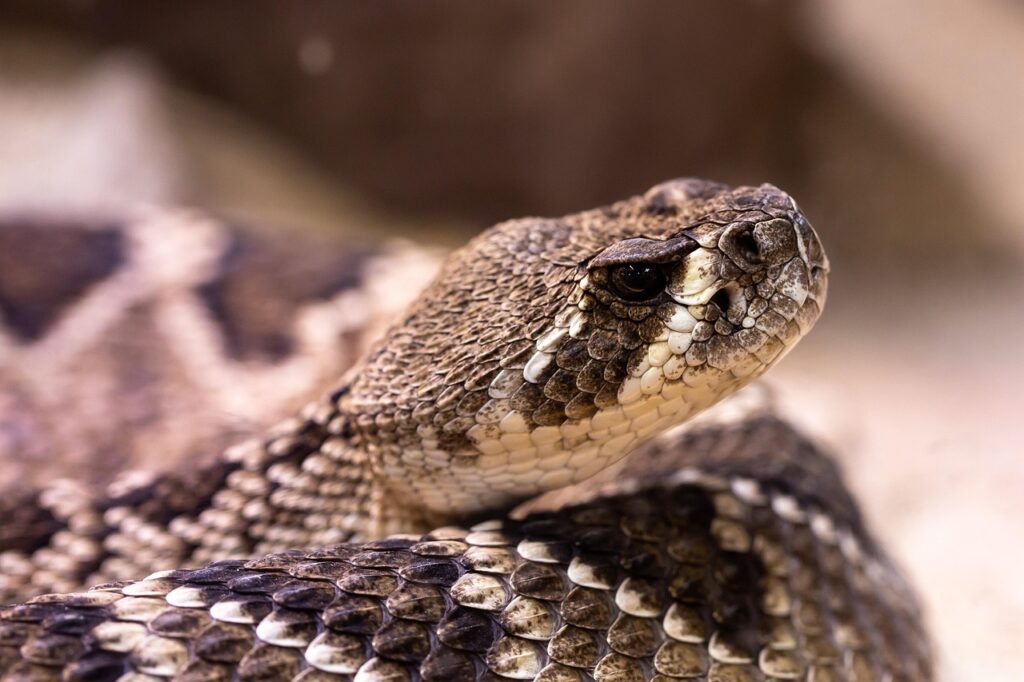
The Eastern Diamondback Rattlesnake (Crotalus adamanteus) holds the distinction of being North America’s largest venomous snake, capable of reaching lengths over 7 feet. Native to the southeastern United States, this pit viper delivers hemotoxic venom that destroys tissue and prevents blood from clotting, potentially leading to hemorrhaging and organ failure. Its distinctive diamond pattern provides excellent camouflage in its pine forest and coastal scrubland habitats, making it difficult to spot until you hear its characteristic rattle warning. Despite its lethal potential, the Eastern Diamondback is increasingly threatened by habitat loss and persecution, with populations declining across much of its historical range.
Fer-de-Lance
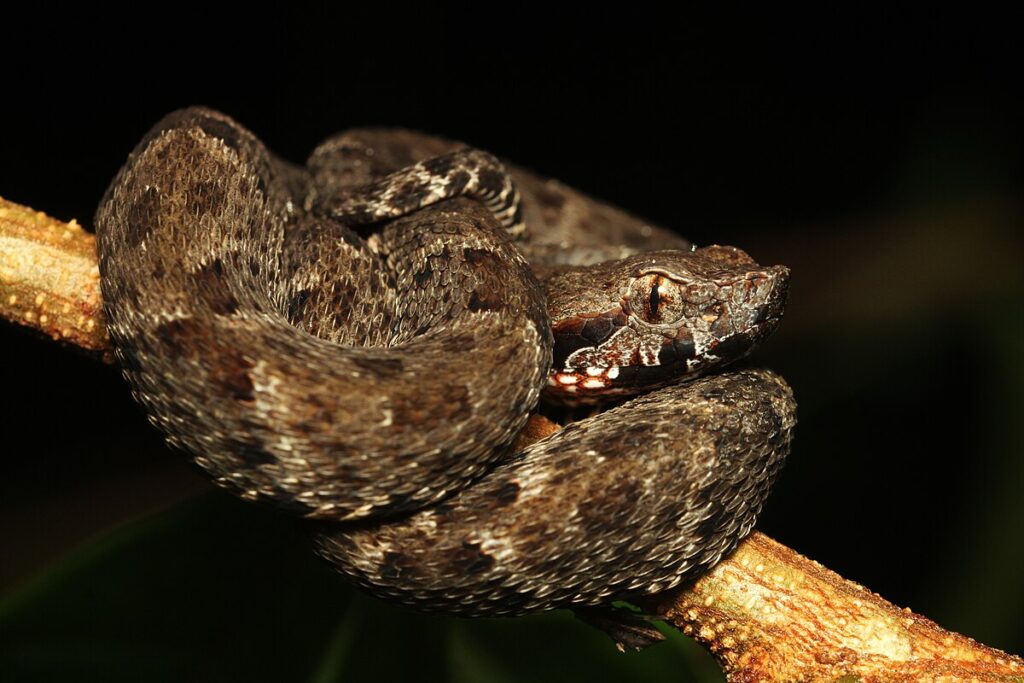
The Fer-de-Lance (Bothrops asper) is arguably Central America’s most dangerous snake, responsible for more human fatalities in its range than any other reptile. These highly adaptable pit vipers thrive in diverse habitats from Mexico to northern South America, including rainforests, agricultural areas, and even suburban environments. Their venom contains a potent mix of hemotoxins and cytotoxins that can cause massive tissue damage, internal bleeding, and necrosis that may necessitate amputation even in survivors. Particularly concerning is their defensive temperament – when threatened, Fer-de-Lances don’t hesitate to stand their ground and strike repeatedly with lightning speed. Their ability to blend into leaf litter makes them especially dangerous to agricultural workers and hikers.
American Alligator
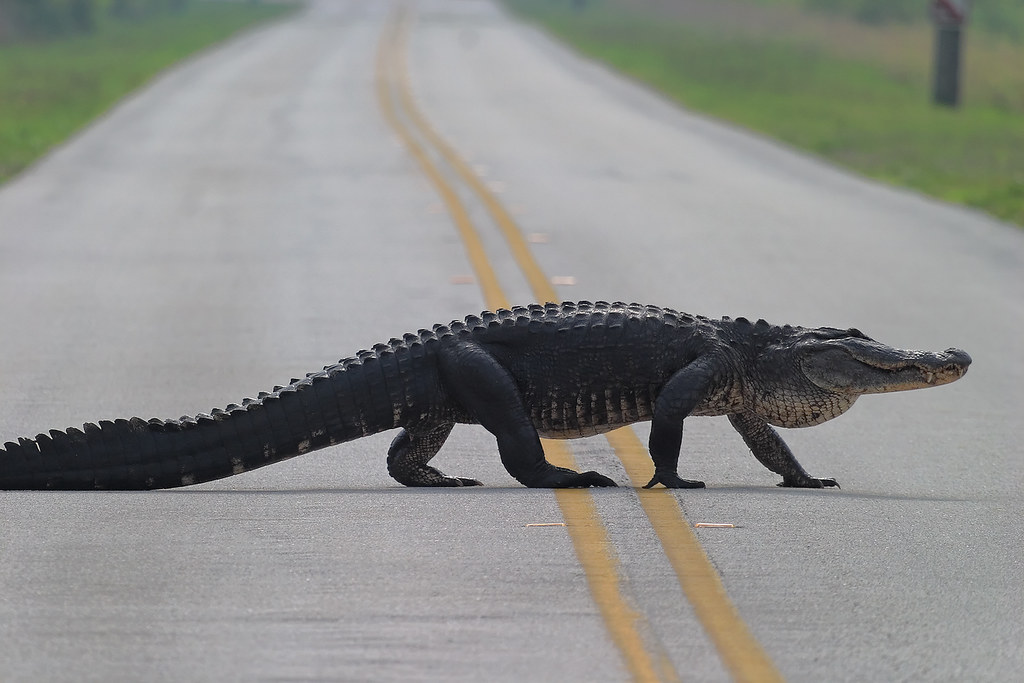
The American Alligator (Alligator mississippiensis) represents one of the most successful conservation stories in the United States, having recovered from near extinction to thrive throughout the southeastern states. These massive reptiles can exceed 13 feet in length and possess crushing bite force measured at over 2,000 pounds per square inch – sufficient to fracture bones and cause catastrophic injuries. While alligator attacks on humans remain relatively rare, they become more frequent during mating season or when alligators lose their natural fear of humans due to feeding. Most dangerous encounters occur near water’s edge, where these apex predators can explode from apparent stillness into surprising bursts of speed, both in water and on land.
Bushmaster

The Bushmaster (Lachesis muta) has earned its fearsome reputation as the largest venomous snake in the Americas, with specimens recorded at over 12 feet long. Native to the rainforests of Central and South America, these pit vipers deliver large quantities of potent hemotoxic venom that can cause respiratory failure, cardiovascular collapse, and death within hours if untreated. Unlike many venomous snakes, Bushmasters are known to stand their ground when threatened rather than flee, sometimes delivering multiple strikes in rapid succession. Their exceptional camouflage, matching the forest floor’s leaf litter and debris, combined with their primarily nocturnal habits, makes encounters particularly dangerous for those traversing the rainforest after dark.
Coral Snakes
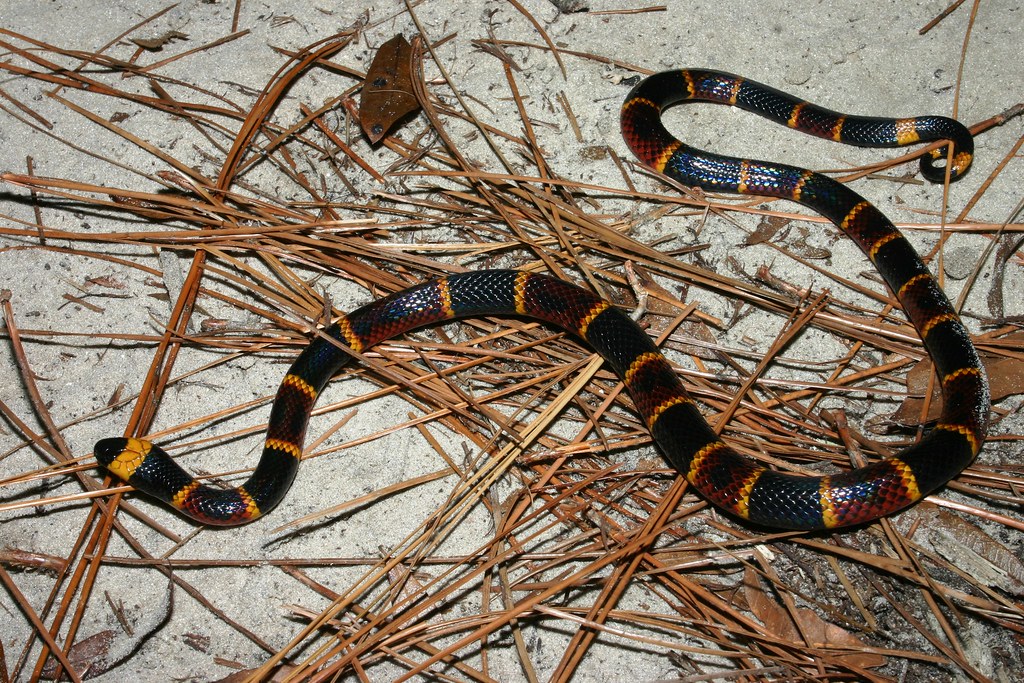
Coral snakes of the genus Micrurus comprise some of the most visually striking yet lethal reptiles in the Americas, instantly recognizable by their vibrant red, yellow, and black banding patterns. Unlike pit vipers, coral snakes possess neurotoxic venom that attacks the nervous system, potentially causing respiratory paralysis and death without prompt medical intervention. Though generally shy and reluctant to bite, their small fangs can deliver venom effectively when they do strike, making them particularly dangerous to curious children who might be attracted to their colorful appearance. The famous rhyme “red touch yellow, kill a fellow; red touch black, friend of Jack” helps distinguish true coral snakes from their harmless mimics in North America, though this mnemonic doesn’t apply reliably to all species throughout the Americas.
Gila Monster
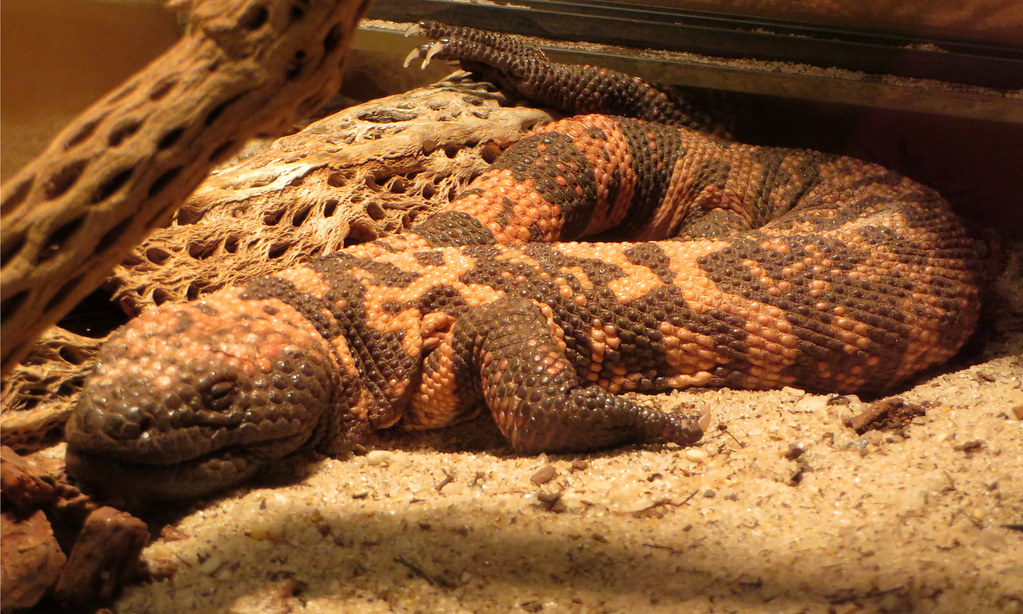
The Gila Monster (Heloderma suspectum) stands as one of only two venomous lizards in the world, native to the southwestern United States and northwestern Mexico. Unlike venomous snakes that deliver quick strikes, the Gila Monster latches onto victims with powerful jaws and methodically chews to work venom from specialized glands into the wound through grooved teeth. While rarely fatal to humans, their venom causes excruciating pain, swelling, weakness, and dropping blood pressure that can lead to shock. These distinctive black and orange/pink beaded lizards spend up to 95% of their time underground, emerging primarily during the rainy season, which limits human encounters despite their inhabiting increasingly populated regions of the American Southwest.
Mexican Beaded Lizard
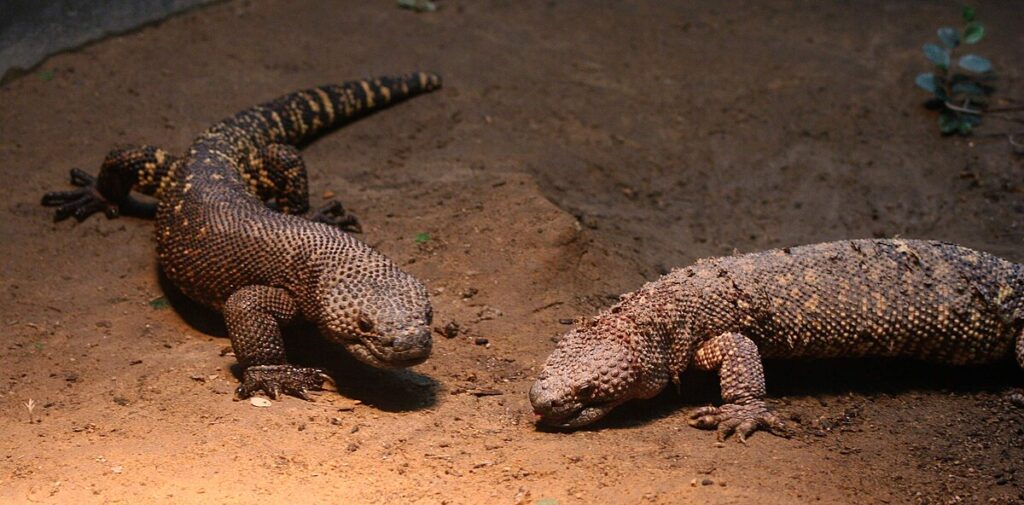
The Mexican Beaded Lizard (Heloderma horridum) is the Gila Monster’s equally venomous cousin, found in Mexico and Guatemala’s tropical dry forests. Growing up to two feet long, these heavy-bodied lizards possess a striking beaded appearance from their reinforced scales and distinctive black coloration with yellow or pinkish markings. Their venom contains a complex mixture of proteins that can cause intense pain, swelling, hypotension, and respiratory difficulties in humans unfortunate enough to be bitten. Like their northern relatives, Mexican Beaded Lizards deliver venom through a chewing motion rather than through hollow fangs, making extraction from a bite victim particularly difficult as the lizard maintains its powerful grip. Their endangered status has made encounters increasingly rare, though their habitat overlaps with expanding human settlements in some regions.
Mojave Rattlesnake
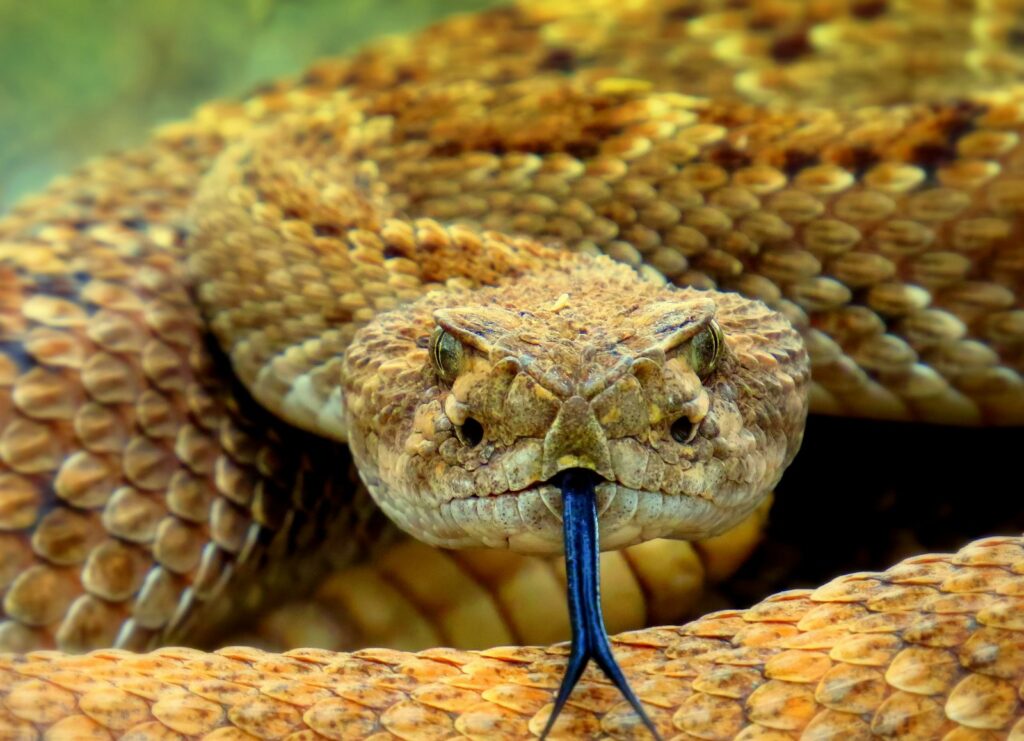
The Mojave Rattlesnake (Crotalus scutulatus) has earned its reputation as one of North America’s most dangerous serpents due to its uniquely potent venom composition. Unlike most rattlesnakes that possess primarily hemotoxic venom, the Mojave Rattlesnake’s venom contains powerful neurotoxins that can cause respiratory failure and death more rapidly than other rattlesnake species. Found across the southwestern United States and central Mexico, these medium-sized rattlesnakes thrive in desert and scrubland habitats where their excellent camouflage makes them difficult to spot until it’s too late. Their defensive temperament and willingness to stand their ground when threatened makes encounters particularly hazardous for hikers, ranchers, and others who work in their territory.
Black Caiman
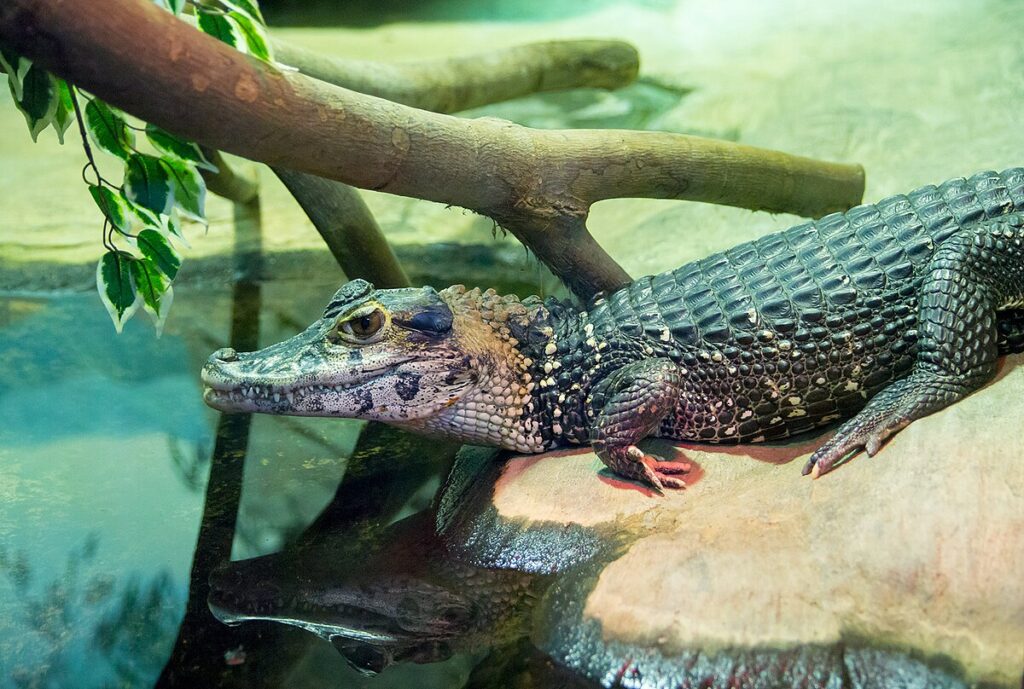
The Black Caiman (Melanosuchus niger) reigns as the Amazon basin’s largest predator, with males potentially reaching over 16 feet in length and weighing more than half a ton. These massive reptiles possess immense bite force and hunting strategies refined over millions of years, making them apex predators capable of taking down virtually any animal that enters their aquatic domain. Though historically hunted to near extinction for their hides, protected populations have rebounded in many areas, leading to increased human-caiman conflict in fishing communities throughout their range. Unlike their North American alligator cousins, Black Caimans have a more aggressive reputation and are responsible for numerous fatal attacks on humans who venture too close to their territory during fishing, bathing, or crossing rivers in their Amazonian habitat.
Tropical Rattlesnake
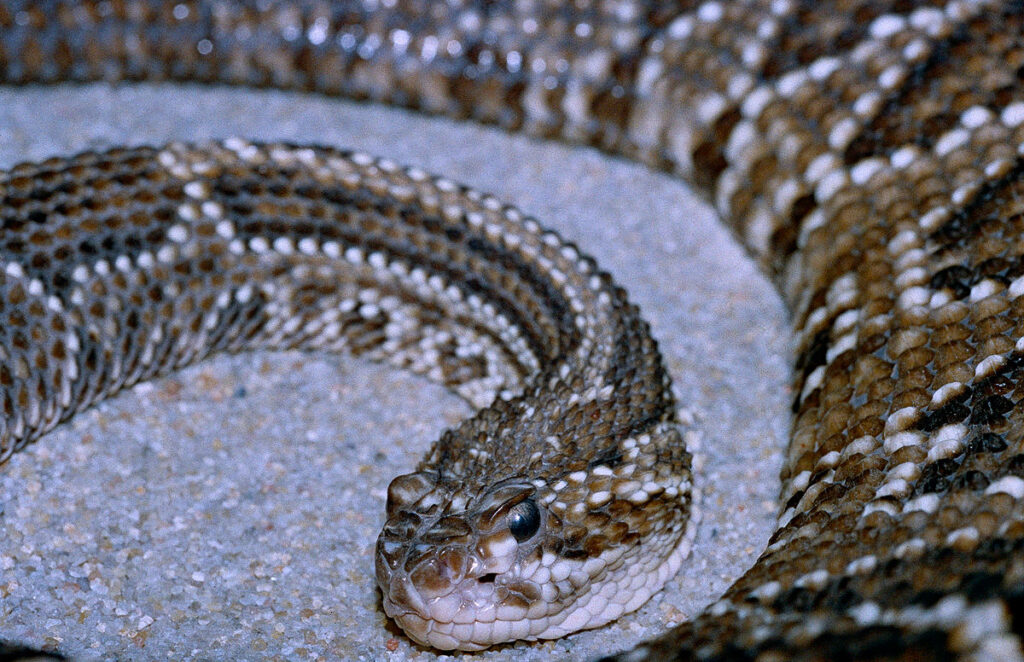
The Tropical Rattlesnake (Crotalus durissus), also known as the South American Rattlesnake, delivers some of the most devastating venomous bites in the Americas. Distributed across South America’s diverse landscapes from Brazil to Argentina, these rattlesnakes possess venom containing both powerful neurotoxins and myotoxins that can cause systemic effects including paralysis, muscle destruction, and kidney failure. Their adaptability to various habitats, from savanna to scrubland, brings them into frequent contact with agricultural workers who face the highest risk of envenomation. Unlike some other venomous snakes that deliver “dry bites” without venom, the Tropical Rattlesnake typically injects substantial venom quantities with each strike, making medical intervention critically urgent after any bite.
American Crocodile
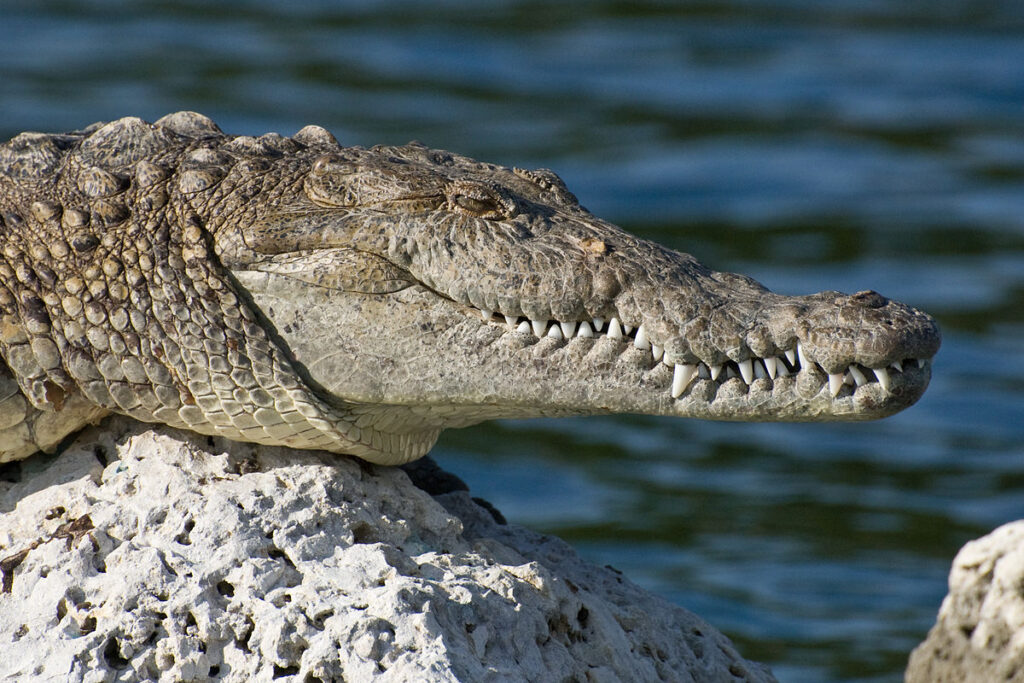
The American Crocodile (Crocodylus acutus) represents one of the Americas’ most formidable predators, inhabiting coastal areas from southern Florida through the Caribbean and into northern South America. These powerful reptiles can grow beyond 15 feet in length and possess jaws capable of exerting over 3,000 pounds of pressure per square inch – more than enough force to crush bones and drag large prey underwater in their infamous “death roll” technique. While generally less aggressive toward humans than their Nile or Saltwater crocodile relatives, American Crocodiles still account for numerous attacks each year, particularly in areas where habitat encroachment brings them into regular contact with people. Their ability to traverse saltwater allows them to spread across Caribbean islands and coastal regions, making them one of the most widely distributed large predators in tropical America.
Yellow-bellied Sea Snake
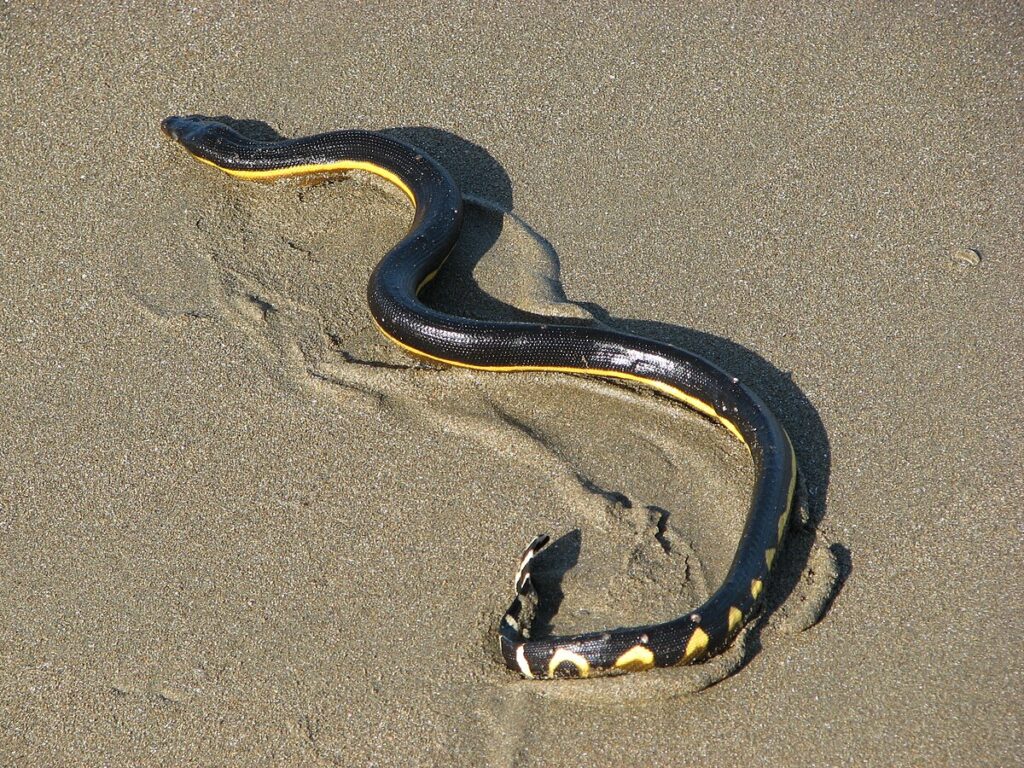
The Yellow-bellied Sea Snake (Hydrophis platurus) stands as the most widely distributed reptile on Earth, inhabiting tropical and subtropical waters across the Pacific and eastern Indian Oceans, including the western coasts of the Americas from Mexico to northern Peru. These true marine reptiles possess some of the most potent venom of any snake species, containing powerful neurotoxins that can cause paralysis, respiratory failure, and death if untreated. Unlike their land-dwelling relatives, sea snakes have specialized adaptations including flattened tails for swimming and valved nostrils that close underwater, allowing them to remain submerged for hours while hunting fish. Though generally not aggressive toward humans, most bites occur when fishermen handle them after they become entangled in nets, making them a significant occupational hazard for coastal fishing communities throughout their range.
Despite their lethal potential, these reptiles play vital ecological roles in their native habitats, helping to maintain balanced ecosystems as predators and prey. Most dangerous encounters occur when humans unwittingly enter reptile territory or when habitat destruction forces these animals into closer proximity with people. As we continue to expand into previously undeveloped areas across the Americas, understanding and respecting these powerful reptiles becomes increasingly important for human safety and for the conservation of these remarkable, if potentially deadly, creatures. With proper education, awareness, and conservation efforts, humans and lethal reptiles can coexist across the diverse landscapes of the Americas.

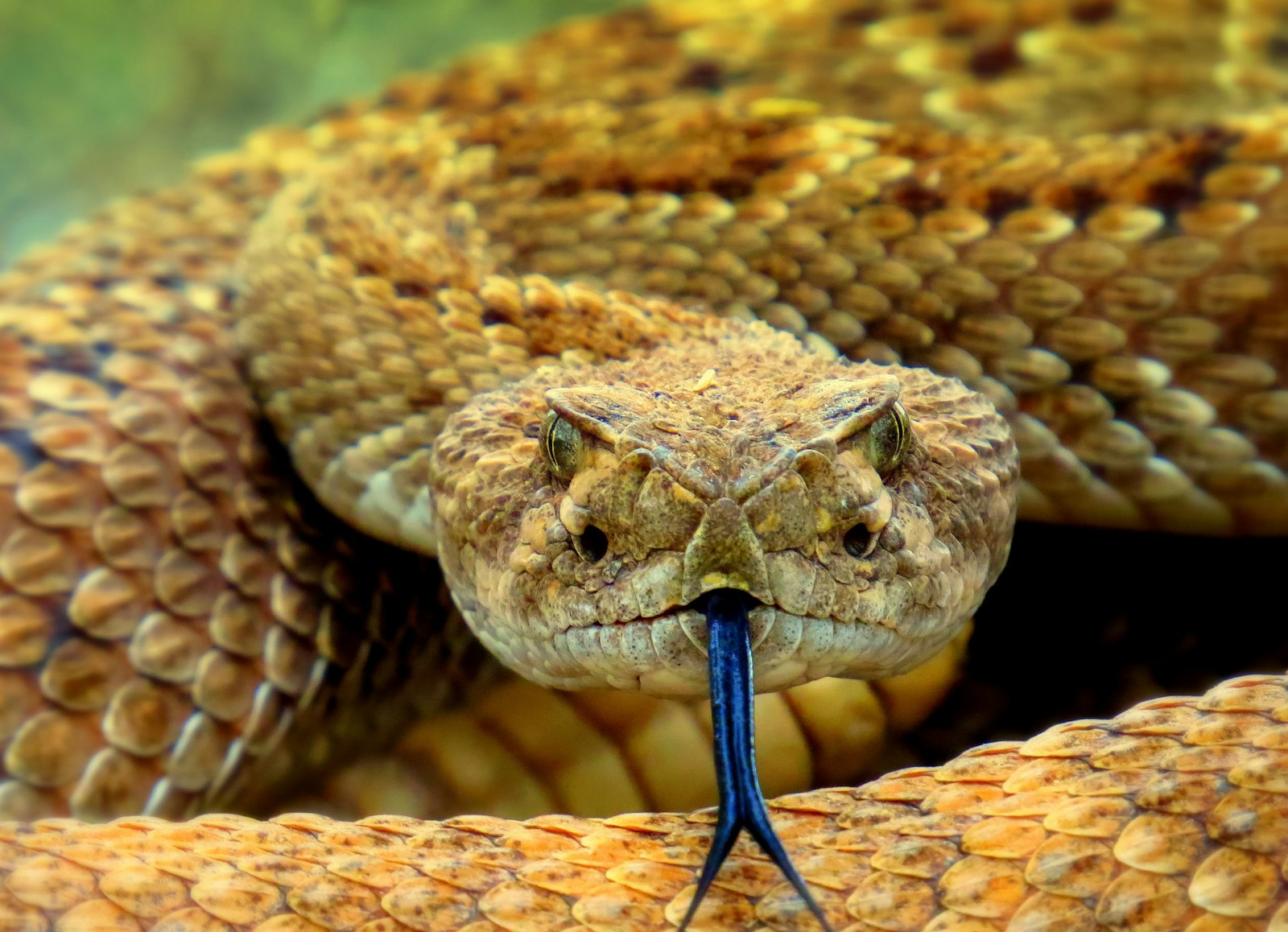
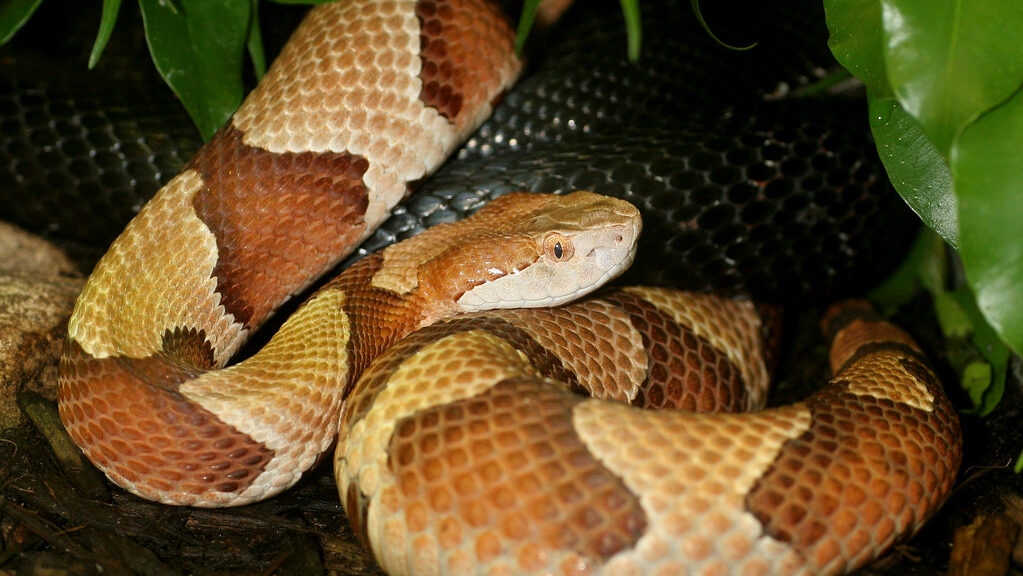
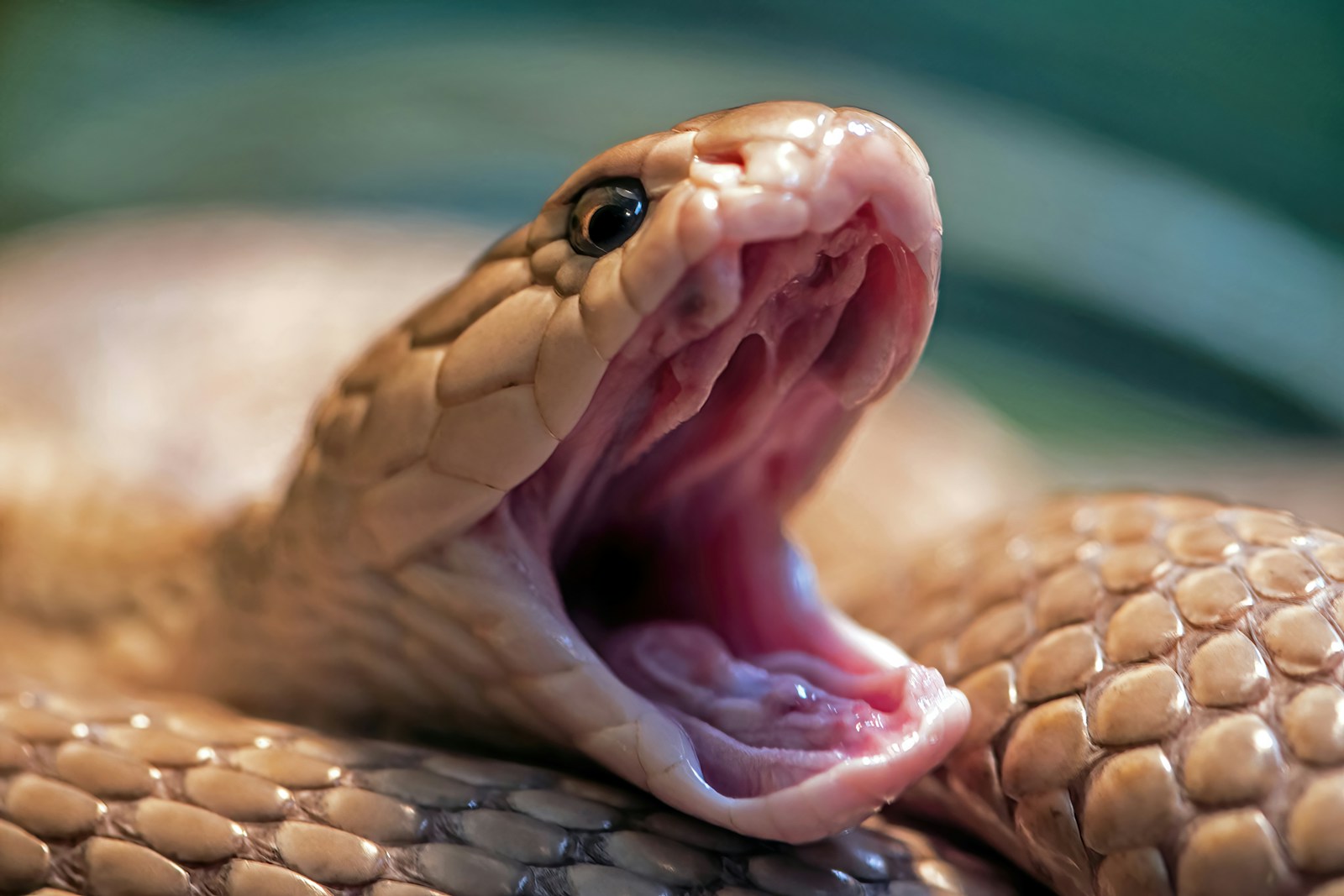
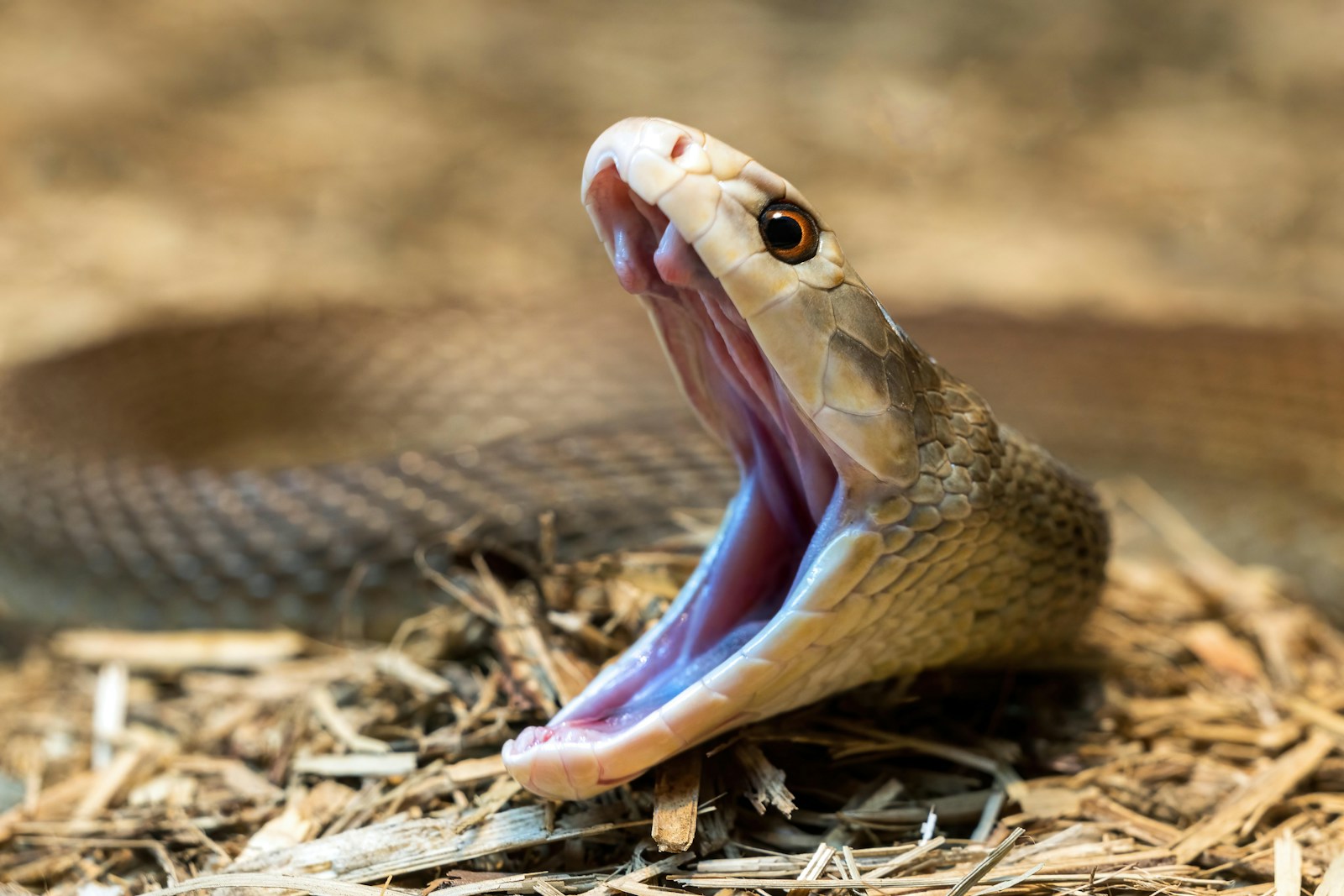
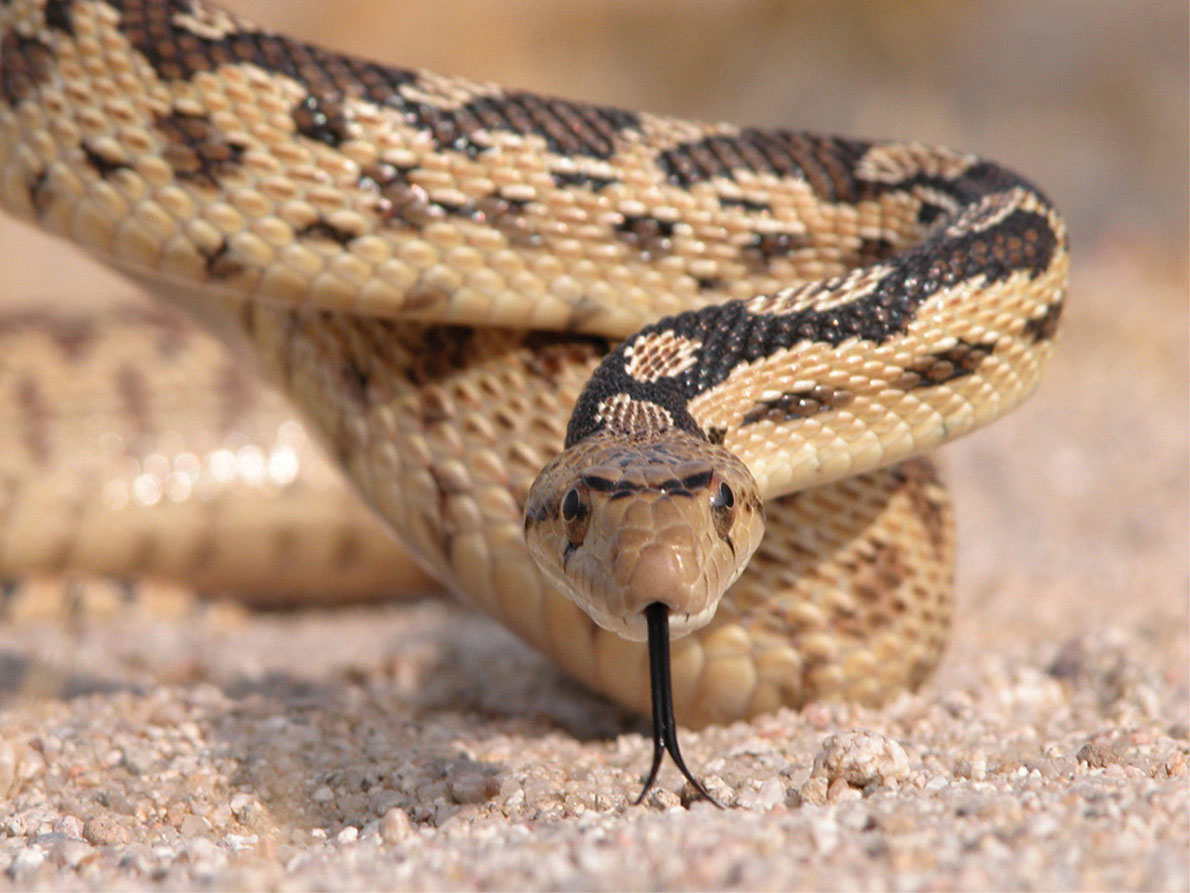
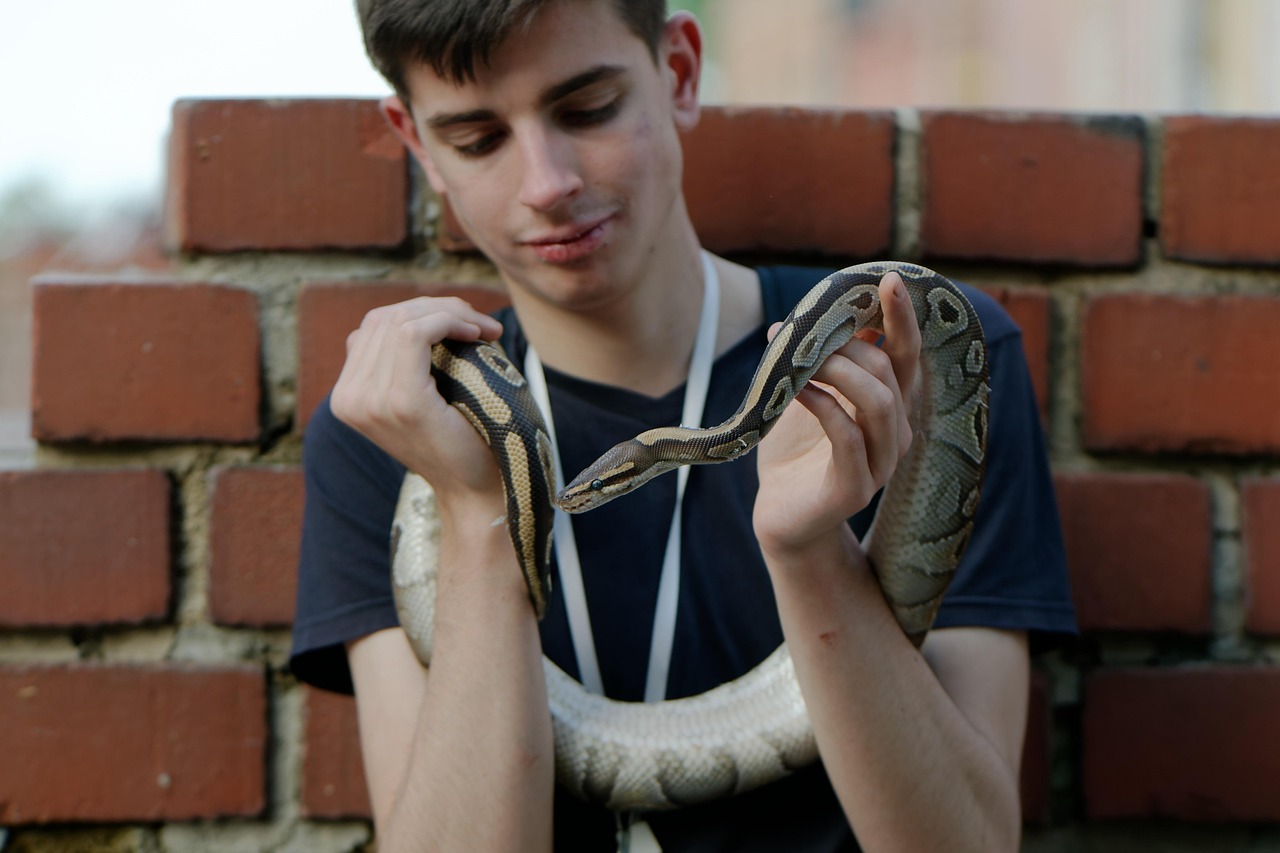
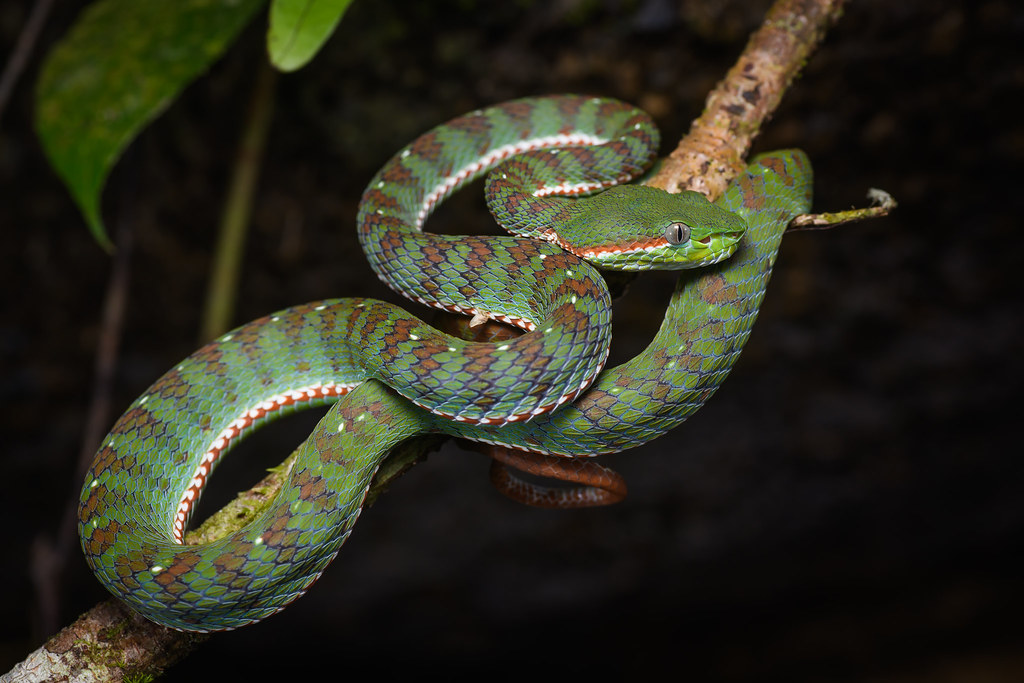
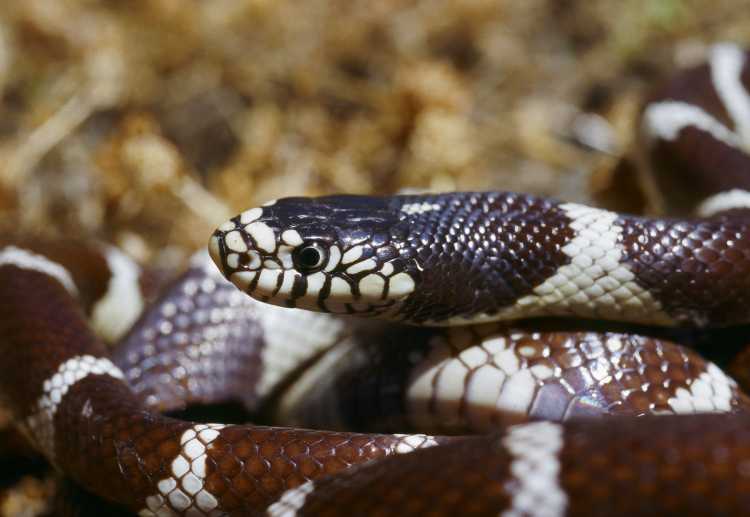
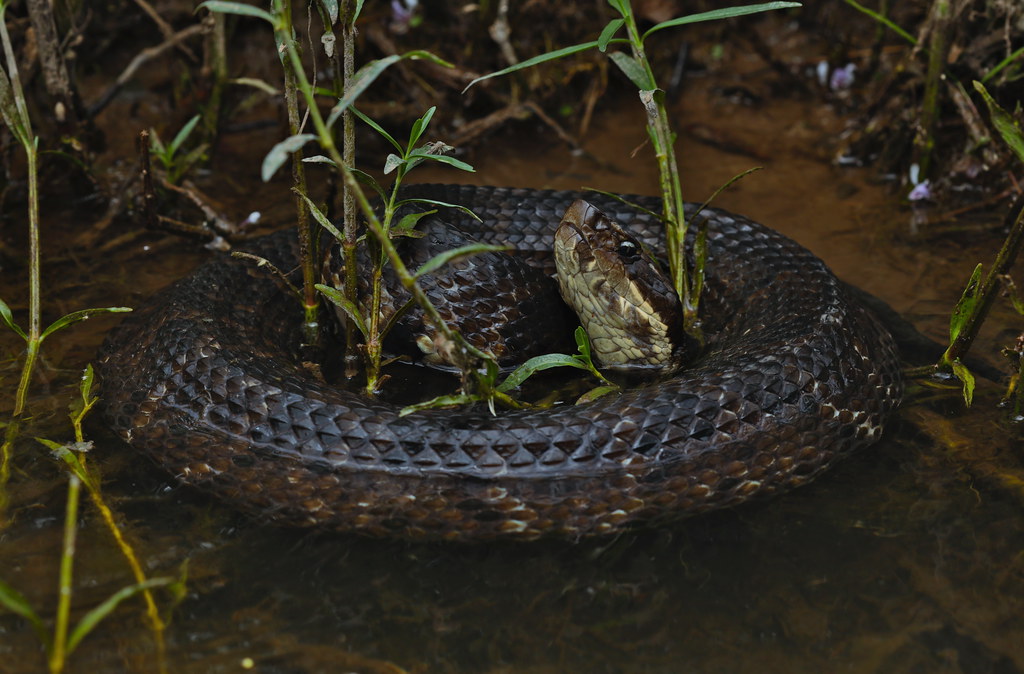
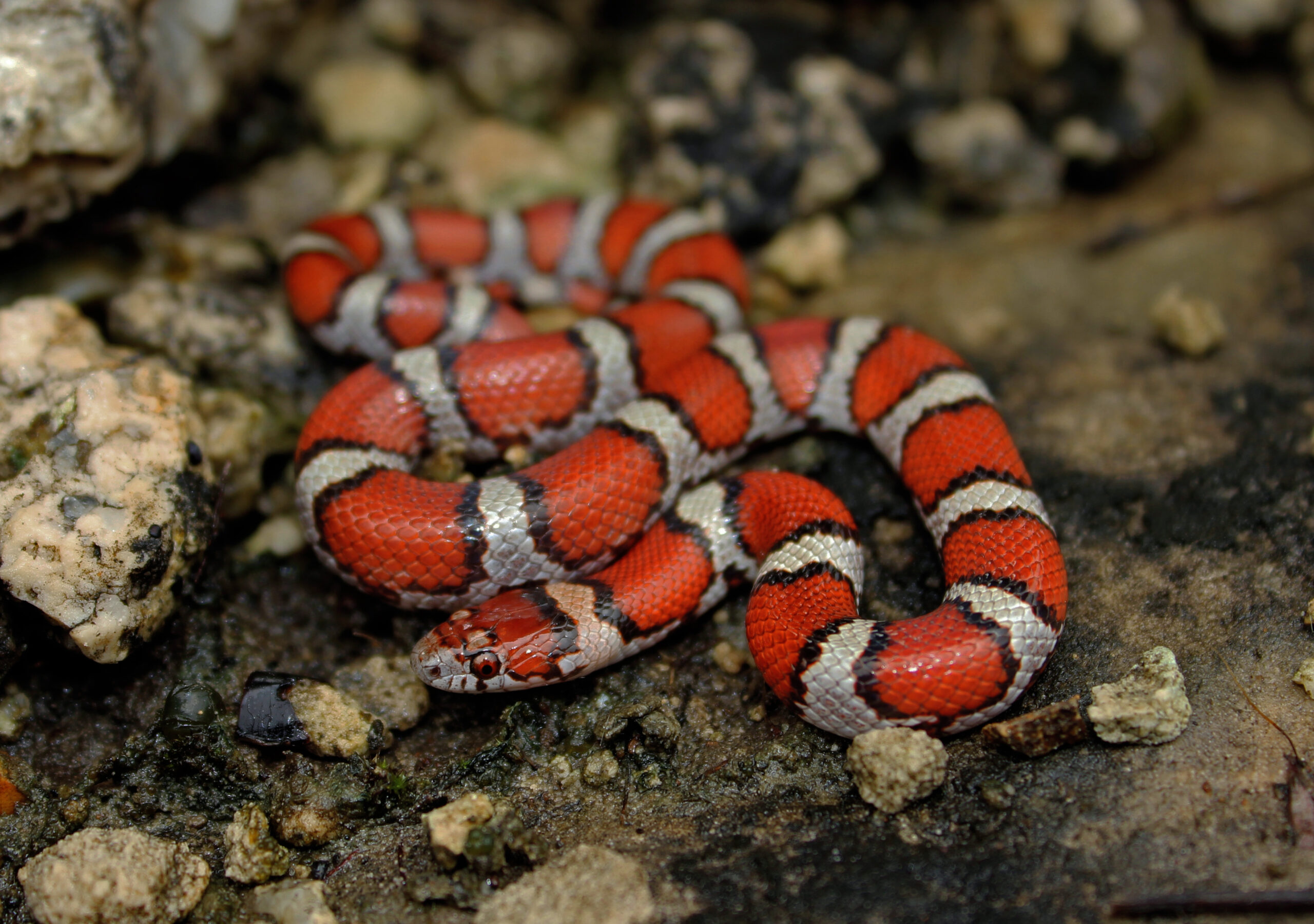
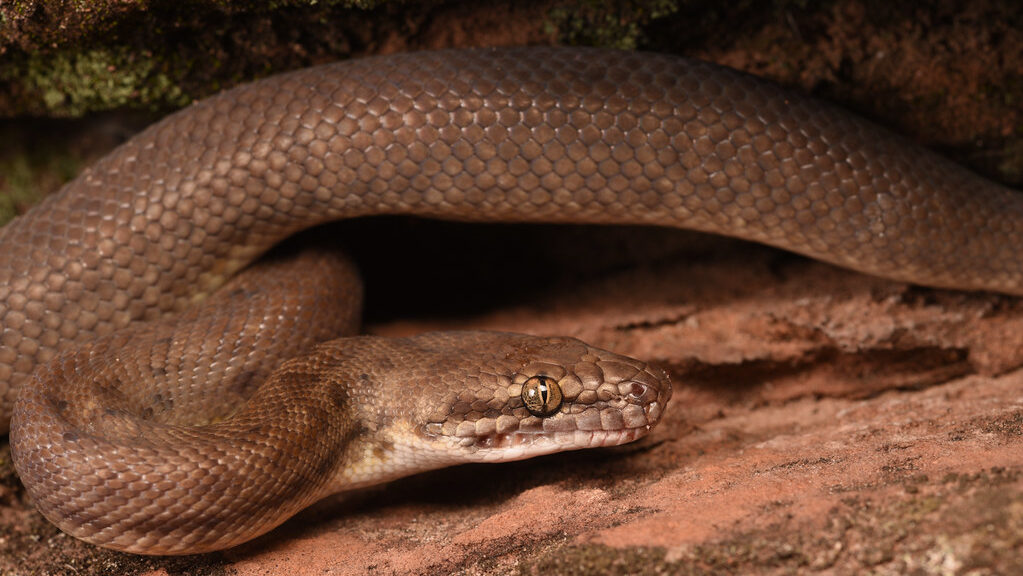




Leave a Reply